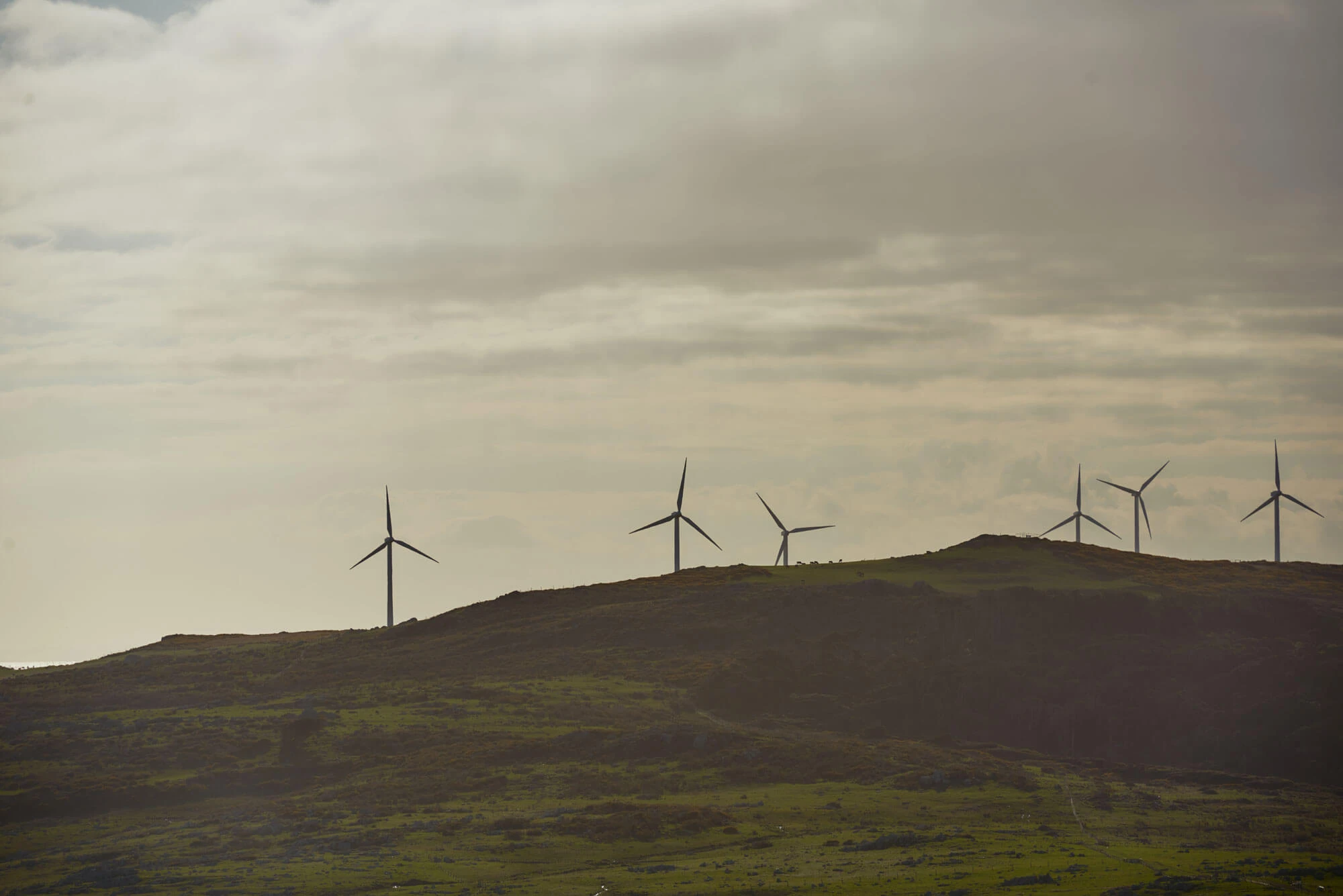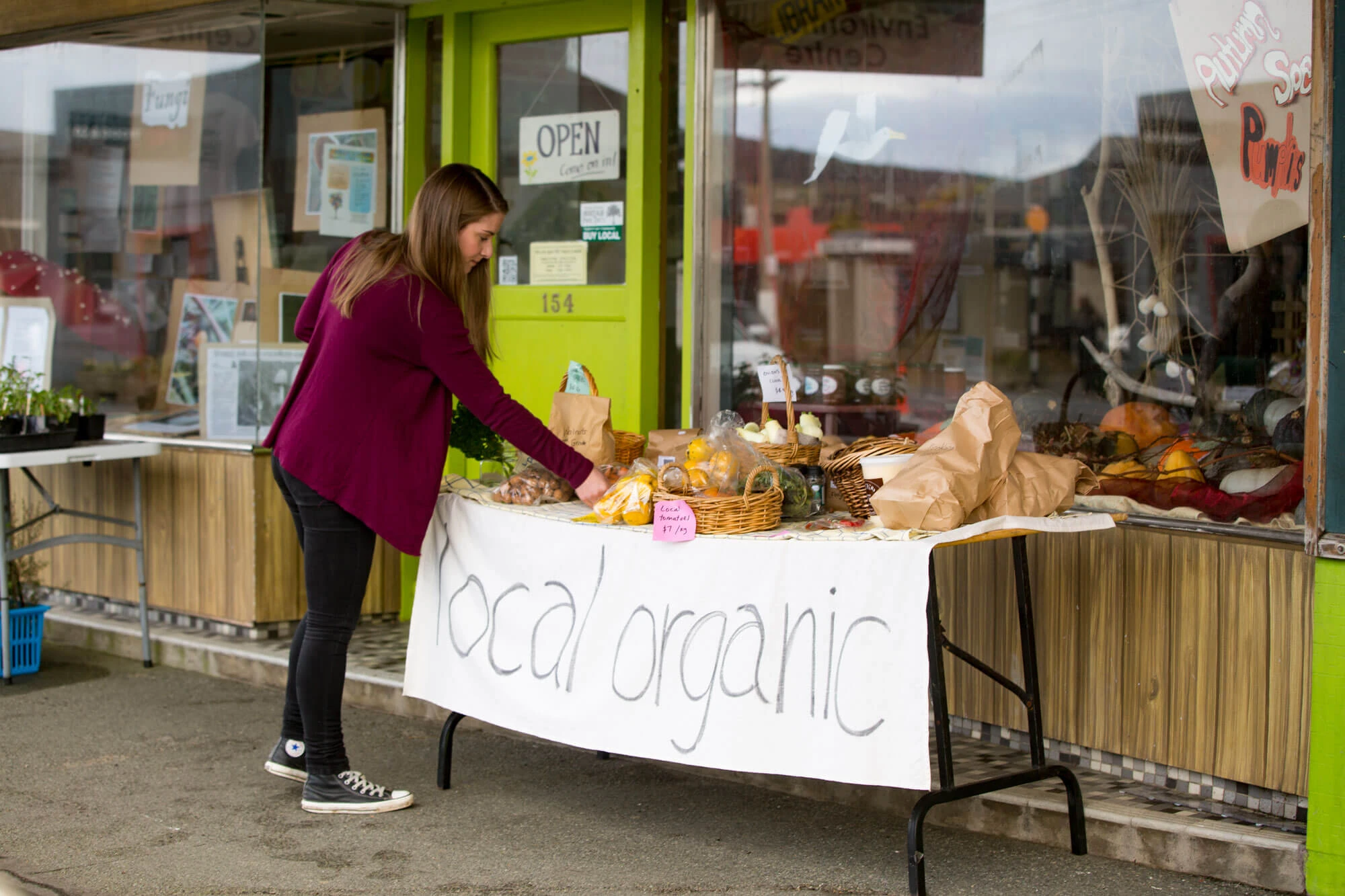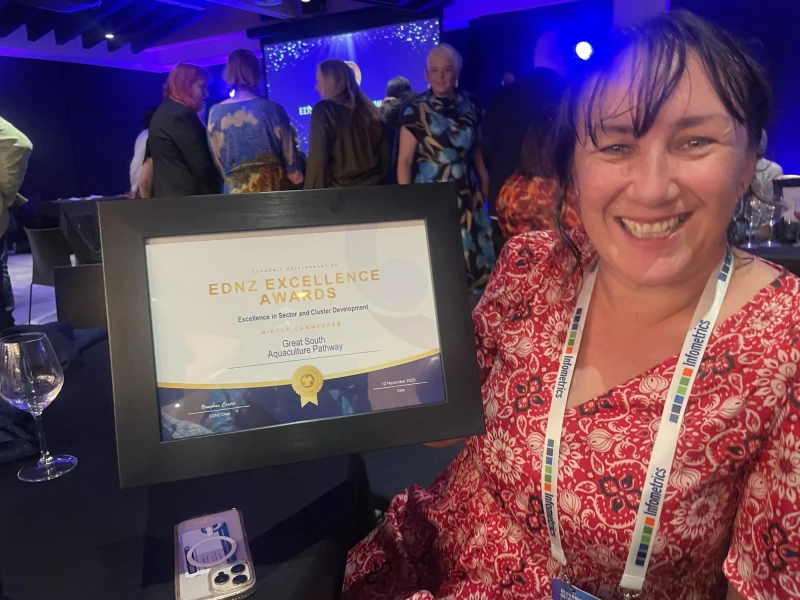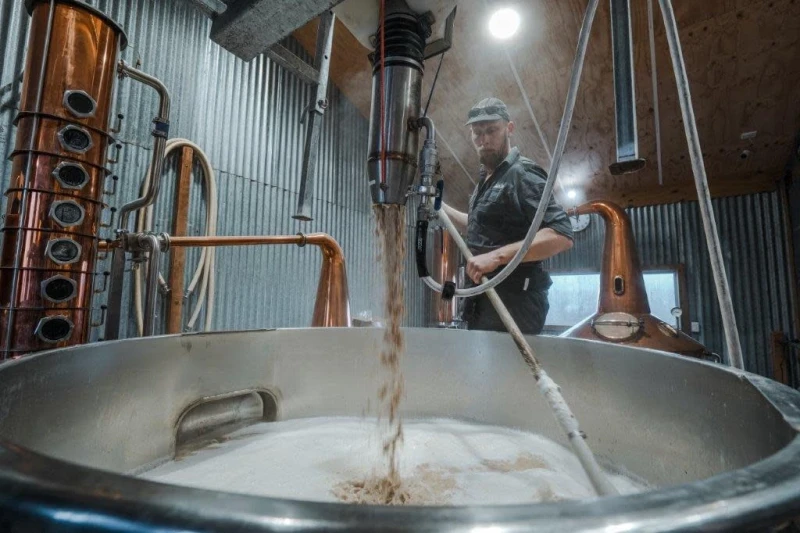Greenhouse gas emission profile for Southland
12 Dec 2019

Great South has today released a profile of Southland’s emission sources for the 2018 calendar year.
The information highlights the annual rates of greenhouse gas emissions for the Southland region, with emissions broken down by stationary energy, transportation, waste, industrial processes, agriculture, forestry and other land use.
Great South GM for Business and Strategic Projects Stephen Canny said the information strengthens the region’s resolve to mitigate the effects of climate change and helps to prioritise where efforts should be made to reduce emissions.
“Critical to making a plan to reduce our carbon footprint is having a clear understanding of where emissions are coming from,” he said.
For the reporting period, Southland emitted total gross emissions of 8,917,265 tCO2 equivalent which contributed to 9.7% of New Zealand’s overall gross emissions. 27.5% of Southland’s emissions were offset by forests.
Agricultural-related emissions were identified to be the largest emission source for Southland, representing 69% of overall gross emissions, followed by the Good producing sector that accounted for 22%.
Mr Canny said these figures were not surprising given Southland’s significant contribution to national tradeable exports.
“Although these sectors are highly represented, there is a strong commitment to work with farmers and industrial processors to increase efficiency and reduce emissions. Already we are seeing leadership being shown in this area by sector representatives.”
Consultants from AECOM New Zealand Limited were commissioned to prepare the information used in the profile, using the methodology outlined in the Global Protocol for Community-Scale Greenhouse Gas Emissions (GPC) and considering the latest IPC guidelines and emission factors.
A peer review was carried out by Thinkstep ANZ.
To support the profile prepared, and encourage other regions to identify their emission sources, Great South has also released a tool, specifically adapted to the New Zealand setting, to transparently calculate overall emissions based on the GPC standard.
Mr Canny said this tool would support the strategic transition to a low-emission economy.
“We are committed to building an accurate picture of regional emissions and providing other regions with the tools to do the same. The information released today will inform strategic decision-making and help to proactively put in place initiatives that reduce emissions in New Zealand,”
The development of the profile forms part of Great South’s Carbon Neutral Advantage project which is aimed at mitigating the effects of climate change and insulating businesses against the cost of carbon. The Ministry for the Environment and the Tindall Foundation have partnered with Great South to deliver this project.
More information on the profile, including the tool, can be found here














